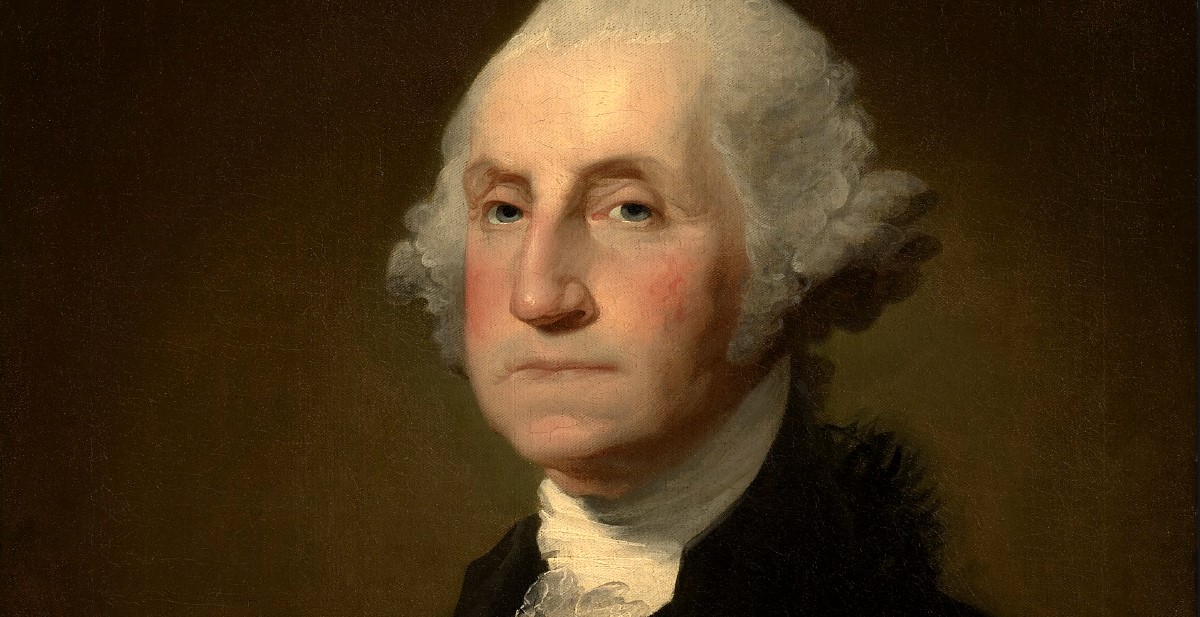Hey, did you know 2020 is an election year?
Sorry, bad joke. By now you’re probably sick of hearing about it. News and social media have inundated us with polls, figures, debate highlights (and lowlights), as well as grim “what if?” scenarios that promise to make 2020 even more memorable than it already has been. To make matters worse, political strife has begun to infect our personal lives. I’m sure some of you have already experienced heated arguments with friends and family as a result.
As I’ve mentioned before, I don’t like writing about the election. However, I’m choosing to revisit the topic once again because I believe educators have an important role to play this year. As things grow more divisive, it’s important that we model and encourage healthy social-emotional practices for our students. It’s easy to forget that children are watching us as this election unfolds. They’re observing the debates from home or listening to political discussions around the dinner table.
How we choose to respond to this election and its results will ultimately affect them too.
We the People
Here are just a few ways you can model healthy SEL for students when discussing the election:
- Social-Awareness: Being socially aware is important for maintaining healthy relationships. Show your students that people can disagree on issues in a civil and respectful manner. After all, listening to diverse viewpoints is a crucial part of the scientific process as well as the electoral one. It’s also good to remind students that just because something doesn’t seem important to them doesn’t mean it’s not important to someone else. Have them practice empathy by putting themselves in the shoes of different voters from different backgrounds.
- Relationship Skills: We live in a world that’s quick to speak but slow to listen. However, a government can only succeed when many people work together and cooperate. Consider highlighting individuals who hold different political values but still found ways to work together. Examples could include the late Ruth Bader Ginsburg and Antonin Scalia, or two opposing candidates in Utah who teamed up to promote decency. Round out the lesson by having students participate in one of these teambuilding exercises!
- Self-Management: Students spend a lot of time on social media. Let’s not kid ourselves, they’re more experienced in Twitter, TikTok, and YouTube than we’ll ever be. So, there’s a good chance they’re seeing all the negative responses to the election. As their teacher, it’s important we demonstrate positive self-management and self-control in all areas of our life, including social media. So please, think twice before posting that angry Facebook comment or that video which might be a little biased. Show your students there’s a better way to behave.
- Responsible Decision-Making: Finally, it’s vital that we as educators exercises responsible decision-making during this difficult time. In many cases, this means responding to our students’ political questions with respectful and factual answers. Remember, many K–5 students do not understand the electoral process or how government works. This is an ideal opportunity to teach them about topics like the presidential line of succession, the electoral college, and how to recognize propaganda when searching for information.
Liberty and Justice for All
For many of our young learners, this will be the first election they actually remember. It will shape the way they understand politics and influence their perception of candidates, voters, and ideas. Our responsibility as educators is to model the best of this process. We can show them how to respectfully take a stand for they believe. How to present their ideas using facts and reasoning, and still empathize with those how hold different viewpoints.
It won’t be easy, but as many American presidents have shown us, we’re at our best when we work together!
We hope you are all staying healthy and safe during this difficult time. For more free educational resources, or ideas on how to promote healthy Social-Emotional Learning, simply follow this link!
*Image courtesy of wikimedia commons.

